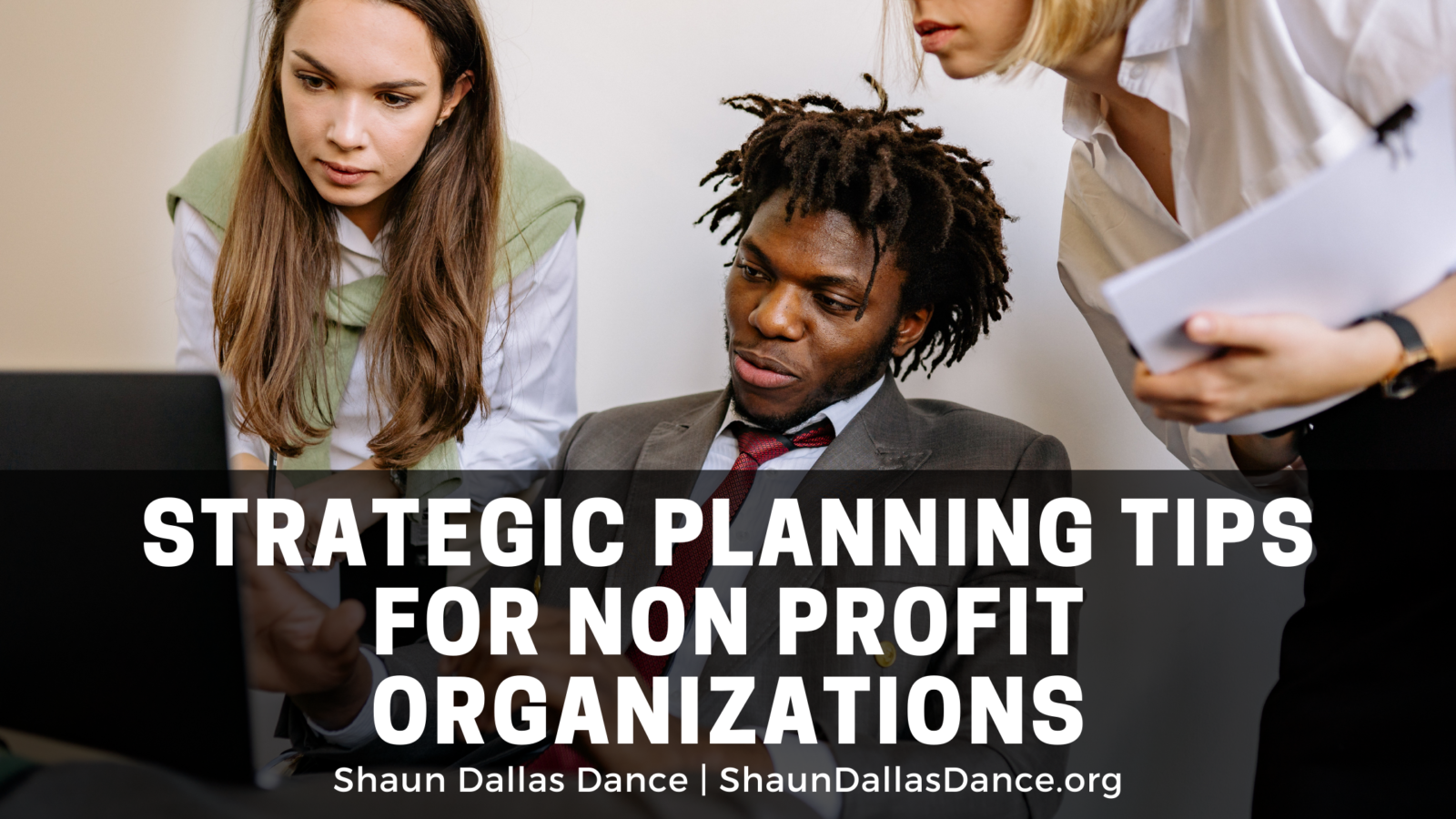Strategic planning is an essential part of any business – even a nonprofit organization. This may sound like an intimidating prospect for a variety of reasons. Yet, it is not a step that can be overlooked.
Strategic planning allows organizations to plan ahead – not just for the following year but for any potential emergencies. If 2020 taught us anything, it’s that everyone needs an emergency plan in place.
In simple terms, all nonprofit organizations should have a process for identifying and achieving their goals. Further organization of this core concept allows for the development of a strategic plan.
Choose a Strategic Plan Model
While there is no requirement to choose from these options, most nonprofits find it easier to choose from one of several predesigned strategic plan models. Options include:
- Standard Strategic Planning Model
- Issue-Based Strategic Model
- Organic Strategic Planning Model
- Real-Time Strategic Planning Model
- Alignment Strategic Planning Model
Each model has a time when it is best used. For example, the standard strategic planning model is best applied during calm conditions, while the real-time strategic planning model is best used during a crisis (either internal or external).
Four Key Elements
According to Prosper Strategies, all nonprofits must master four key elements to achieve success. These elements are; focus, strategy, people, and progress. Focus requires an understanding of the nature of the nonprofit organization, including what makes it stand out.
Strategy requires the nonprofit to choose a plan (either one of the ones listed above or a customized alternative). In comparison, people means that there must be a focus on the very people, workers, and volunteers that would implement the plan and keep the organization running. Finally, there’s progress. Progress element encourages accountability within the organization. It helps to create coordinated action by following one concise and clear plan.
Outline the Details
One of the best first steps to creating any strategic plan is to take the time to identify key details such as the organization’s strengths, challenges, vulnerabilities, and opportunities. By starting here, it’s easier to identify possible growth opportunities and where to focus on strengthening the organization.
Article originally published on ShaunDallasDance.org


